Boris Johnson’s crackdown on obesity includes a raft of new rules impacting the entire food and drink industry. Here’s what’s been announced, why it’s happening and who it will affect most.
Ban on unhealthy food adverts
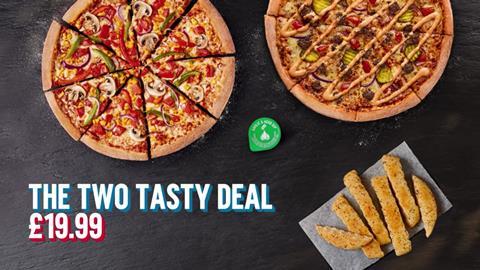
What is it?
The government plans to introduce new laws banning the advertising of food high in fat, sugar or salt (HFSS) on television and online before 9pm when children are most likely to see them.
It is will also consult on whether the ban on online adverts for HFSS should apply at all times of day.
Why?
“Analysis published by Cancer Research UK from September 2019 shows that almost half (47.6%) of all food adverts shown over the month on ITV1, Channel 4, Channel 5 and Sky One were for products high in fat, sugar and salt. This rises to almost 60% during the 6pm to 9pm slot – the slot where children’s viewing peaks,” says the government.
“Evidence shows that exposure to HFSS advertising can affect what and when children eat, both in the short term and the longer term by shaping children’s preferences at a young age. This is supported by the World Health Organization (WHO).”
Who will it impact?
The full Cancer Research UK analysis referenced by the government above was exclusively revealed to The Grocer last year. It found out-of-home brands rely on ads more than any other food business, with 35% of HFSS TV ads coming from takeaway and quickservice restaurant brands. So they’re likely to feel the impact most.
However, it will also signal change for supermarkets, which will have to omit any HFSS products from their ads (making seasonal marketing quite tricky), and chocolate, confectionery, cake and biscuit brands, which are also prominent advertisers.
Ban on ‘buy one get one free’ (BOGOF) promotions

What is it?
New legislation will restrict promotions of HFSS foods such as ‘buy one get one free’ offers. There will also be a ban on these items being placed in prominent locations in stores, such as at checkouts and entrances, as well as online.
Instead, shops will be encouraged to promote healthier choices and offer more discounts on healthier food, like fruit and vegetables.
Why?
“In the UK we spend more buying food products on promotion than any other European country and a survey from 2018 shows that around 43% of all food and drink products located in prominent areas were for sugary foods and drinks, compared to just 1% for healthy items,” says the government.
Who will it impact?
Although many have put a stop to bogof offers, some supermarkets like Tesco still offer multibuys on own-label products, so this will prompt some changes to retailer’s promotional calendars. However, when considering the already low price point and familiarity of private label, this rule packs the biggest punch for brands.
A report comissioned by the FDF last year found that a crackdown would cost suppliers £700m a year, quadruple the figure given in official government estimates.
According to FDF Scotland, HFSS products drive between 48%-60% of sales on promotion and the ban is likely to have big repercussions for brands that rely on promotions for sales. It’s estimated a ban on HFSS promotions could knock between 10%-20% off its member’s annual turnovers.
It’s also said brands who are not the market leader or a household name would be impacted the most because of their reliance on promotional mechanics to catch the eye of shoppers.
Calorie labelling for eating-out establishments
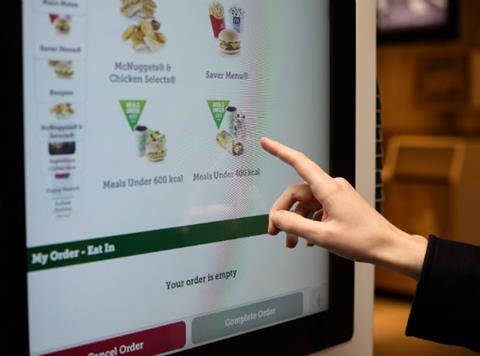
What is it?
New laws will require large restaurants, cafés and takeaways with more than 250 employees to add calorie labels to the food they sell.
Why?
“Research shows eating out is becoming more common, particularly among families, with 75% of people visiting a restaurant, fast food eatery or getting a takeaway in the past week, compared to 69% in 2010,” the government says.
“However, there is often a lack of information about the calorie content of these items and research suggests people consume around 200 more calories a day if they eat out compared to food prepared at home.”
Who will it impact?
Big brands like Greggs, Pret and McDonald’s already have calorie information available, but businesses which don’t already provide it at the “point of choice” like on the packaging, shelf edge or menu will have to make changes.
Even if calorie information is available all in one place online or on a notice on the premises, it will need to be moved to a place where customers will be able to take it into consideration when they’re making a purchase.
Alcohol calorie labelling
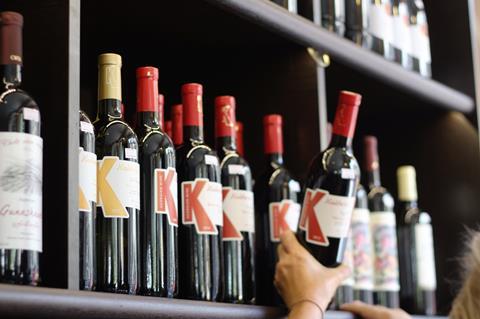
What is it?
The government is also planning to introduce calorie labelling on alcohol and will consult on the proposals before the end of the year.
Why?
“Alcohol consumption has been estimated to account for nearly 10% of the calorie intake of those who drink, with around 3.4 million adults consuming an additional days’ worth of calories each week – totalling an additional two months of food each year,” says the government.
“But research shows the majority of the public (80%) is unaware of the calorie content of common drinks and many typically underestimate the true content.”
Who will it impact?
Some booze brands already have calorie information proudly displayed on the label, but it’s usually on products with a relatively low count such as hard seltzers or light beer, where low calories are an intrinsic part of the marketing. Booze with a higher calorie count is likely to feel the impact of this rule the most – so wine, cream liqueur, cider and beer brands with over 5% abv will need to do the most work on their labelling.
Front-of-pack nutritional labelling review
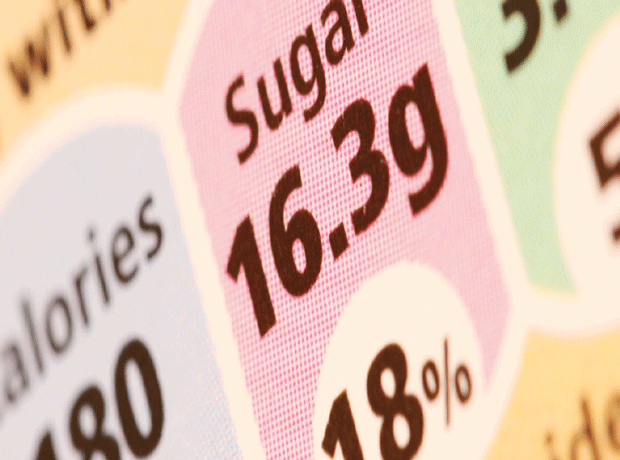
What is it?
The government will seek views on how industry and consumers are using the existing ‘traffic light’ labelling system and compare it to similar schemes used internationally.
Currently the system is voluntary but there have been calls from health campaigners for it to be mandatory.
Why?
“Research shows people who look at front-of-pack nutritional labelling are shown to have healthier shopping baskets, fewer calories, less sugar, fat and salt content and higher fibre content,” the government says.
Who will it impact?
This is just at the review stage, so no changes are needed yet, but the ‘traffic light’ labelling introduced in 2013 is mostly used by supermarket own-label products and was only implemented by a few major suppliers including Nestlé UK, Premier Foods and Kingsmill.
The scheme was snubbed by many of the big branded players including Mondelez and Unilever, as well as Kellogg’s, Ferrero and General Mills. So, if new rules are introduced, it’s likely that branded products will be in the firing line.
There’s no guarantee supermarkets will escape packaging rework though: research by IGD in 2018 found nearly half (46%) of shoppers felt the nutritional labels on the front of packs were too difficult to read, so a new system, like this one supported by Nestlé and Danone across the EU, may be on the cards for everyone.


















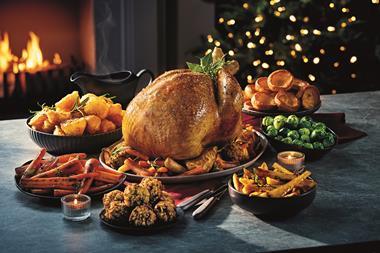
No comments yet